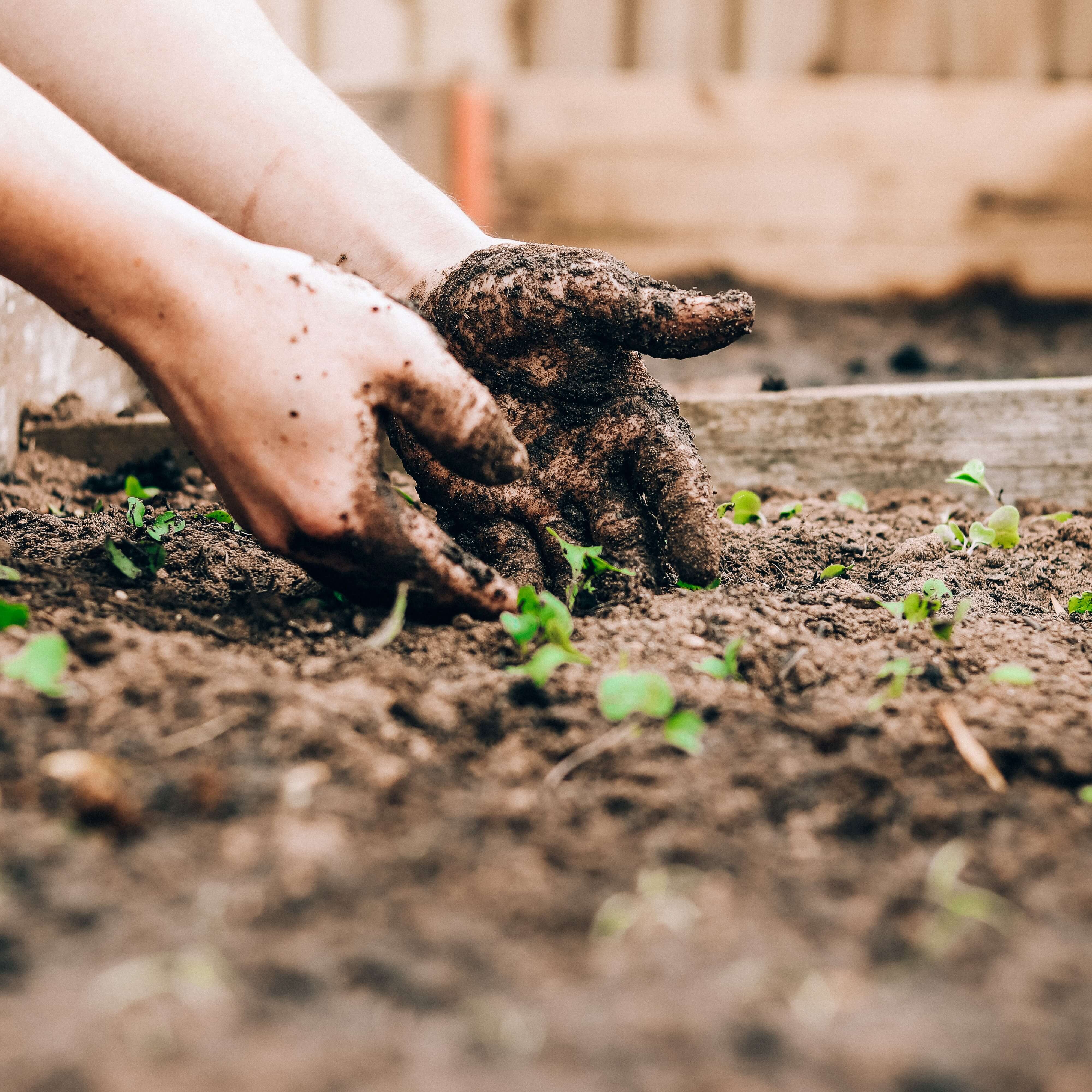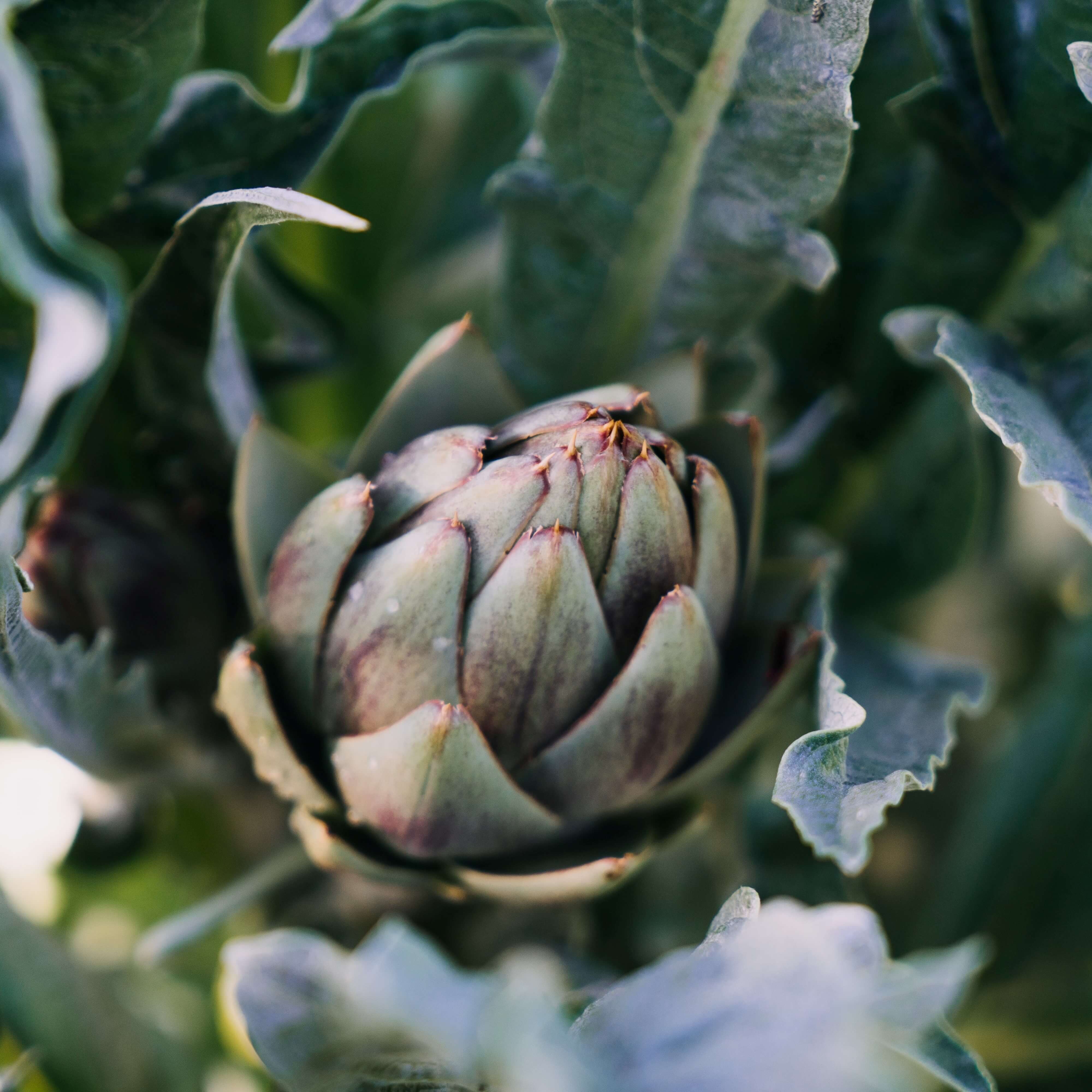Spring has sprung and signs of new life are everywhere, from the verdant green growth of ferns to the vibrant bursts of colour as bulbs emerge. It’s a joyous season and with promises of sunnier weather, warming soil temperatures and the reduced risk of frost it’s the perfect time to start planting! Below, Kew Gardens expert and garden designer, Harry Holding shares his top seasonal planting suggestions. Whether you’ve got a balcony, small urban plot or a large country garden it’s time to get your hands in the soil and enjoy the many benefits of plants.
Pollinating plants
It’s important to bring in flowering plants that are perfect for pollinators and attract bees! Planting a combination of Salvia nemorosa ‘Caradonna’, Achillea ‘Terracotta’ and Sanguisorba ‘Pink Tanna’ will give you blooms all the way from early June into late August. This long-lasting trio of plants provides wonderful contrasts in flower form with the spikes of Salvia, plates of Achillea and balls of Sanguisorba all dancing together in the breeze. The colours will enliven the senses whilst the fading flowers and seed heads will hold strong over winter, providing invaluable bird food through the colder months. They all like lots of sun, not too much water, free-draining soil and would be more than happy in a container if you’re not at ground level.

Planting seedlings
Annual Vegetables
Growing a combination of brassicas with dwarf beans will give a fantastic harvest in a small space. This makes them the perfect solution for a large window box, balcony container garden or an unused part of your vegetable garden. Start sowing seeds at the end of March, with brassicas going directly in the soil outside and dwarf beans starting in the warmth of the indoors. You should then plant them out with their companions in late May when the risk of frost has gone. Being annual plants they will need good levels of light, adequate water and nutrient-rich compost to achieve a great yield. If growing in a container, ensure there are plenty of drainage holes so water can flow freely out of the planter.

Artichoke being grown
Perennial Vegetables
If you are strapped for time but want to join in on the joys of growing your own food, try planting some perennial vegetables. Perennials are plants that come back year after year and they require much less care than their highly productive cousins, annual veg. With one in three plants being edible, there are a huge variety of perennial food sources out there, but our favourite combination has to be Artichoke (Cynara cardunculus) with Fennel (Foeniculum vulgare). This dynamic duo needs very little care, enjoying dry free draining soils and plenty of sun. They both get quite large so will need a bit of space to look their best!

Climbers
Make the most of your vertical surfaces and grow Star Jasmine (Trachelospermum jasminoides), a robust climber with evergreen foliage and highly scented flowers. If space is tight then this genus of plants are the perfect solution as they simply need something to cling to. Try installing wires to your wall for a contemporary look or timber trellis for a more rustic feel. They are incredibly hardy and can be grown in sun or shade as long as they have ample soil to get their roots down.
Trees
When considering the benefits a garden can bring for people and the planet it’s important to think about all the layers of plants that are found in nature. Don’t be put off by the potential height that some of these woody species can reach – there’s a tree for every situation. Amelanchier lamarckii is one of our favourites for a small space, large pot or woodland understory. Its architectural multi-stems give year-round structure, whilst its crown provides splendour with spring blossom, edible berries and fiery red autumnal foliage. It is a small tree or large shrub which doesn’t require much space and is tolerant of a wide range of conditions, preferring dappled shade and soil that’s not too dry.
We hope these suggestions have provided some inspiration to get digging this spring. There is a whole world of plants to explore so don’t be afraid, we all make mistakes – just get out there and have fun!